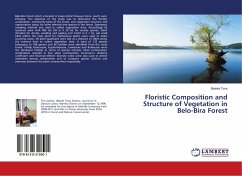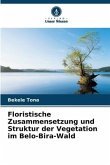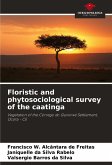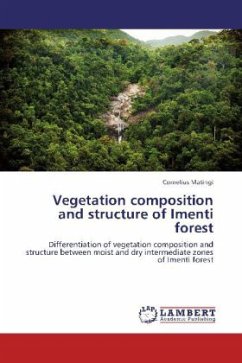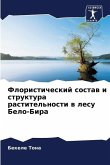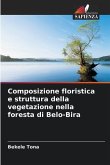Belo-Bira forest which is located in Essea district Dawuro Zone, south west, Ethiopia. The objective of the study was to determine the floristic composition, community types of the forest, and vegetation structure and regeneration status for some selected tree species in the forest. Systematic sampling method was used to collect vegetation data. Accordingly 62 quadrats each with 400 m2 (20 m X 20 m) for woody species, 25m2 (5mx5m) for shrubs, seedling and sapling and 1m2(1 m X 1 m), sub small plots within the main plots for herbaceous plants were used to make counting easier. All plots (quadrats) were laid at a distance of 200m along the transect lines to collect vegetation data. A total of 125 species belonging to 108 genera and 60 families were identified from the study forest. Family Asteraceae, Euphorbiaceae, Lamiaceae and Rubiaceae were the dominant families in terms of species richness. Plant communities' classification resulted in four plant communities. Sorensens's similarity coefficient and Shannon-Wiener diversity index were also used to detect similarities among communities and to compute species richness and evenness between the plant communities respectively.
Bitte wählen Sie Ihr Anliegen aus.
Rechnungen
Retourenschein anfordern
Bestellstatus
Storno

